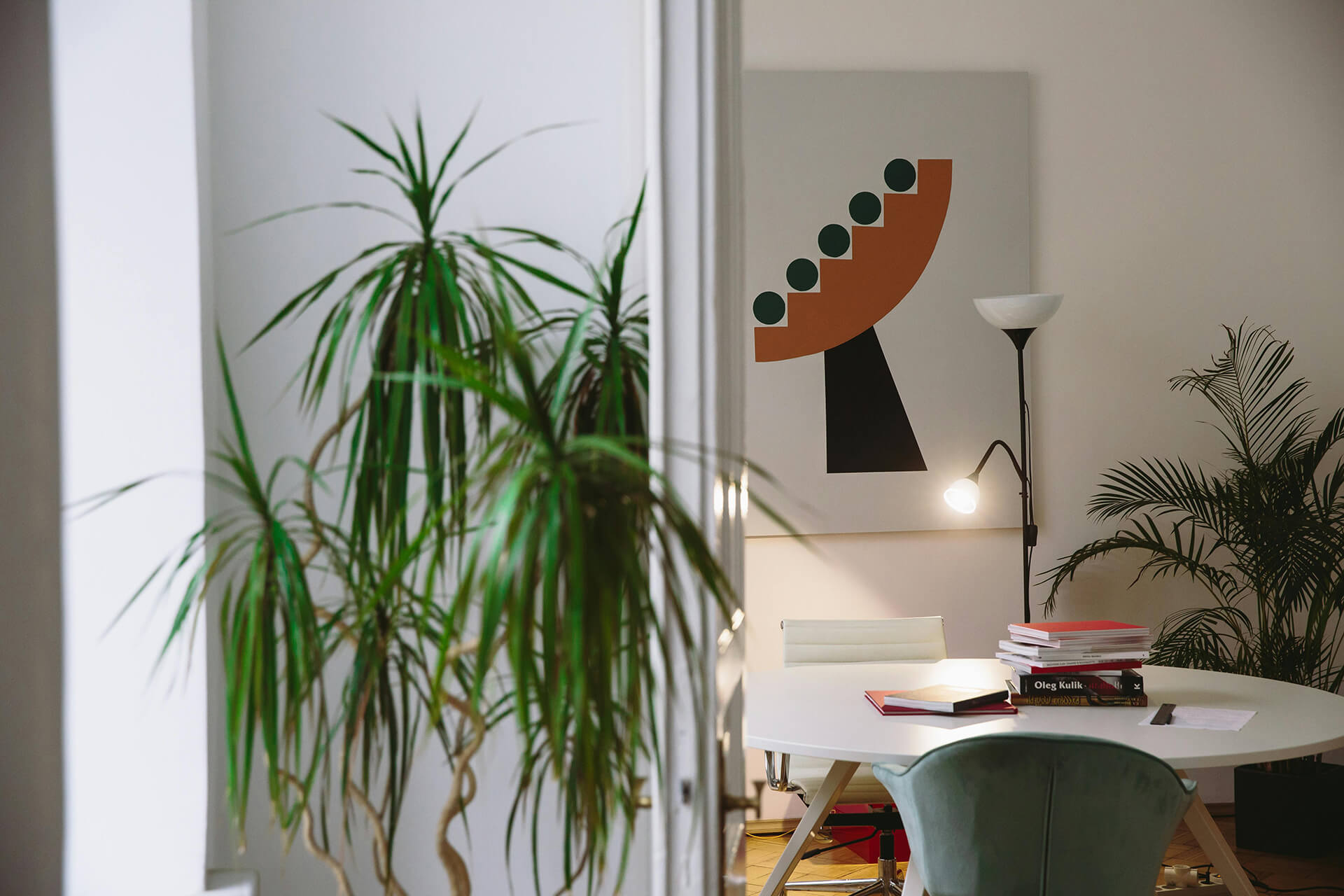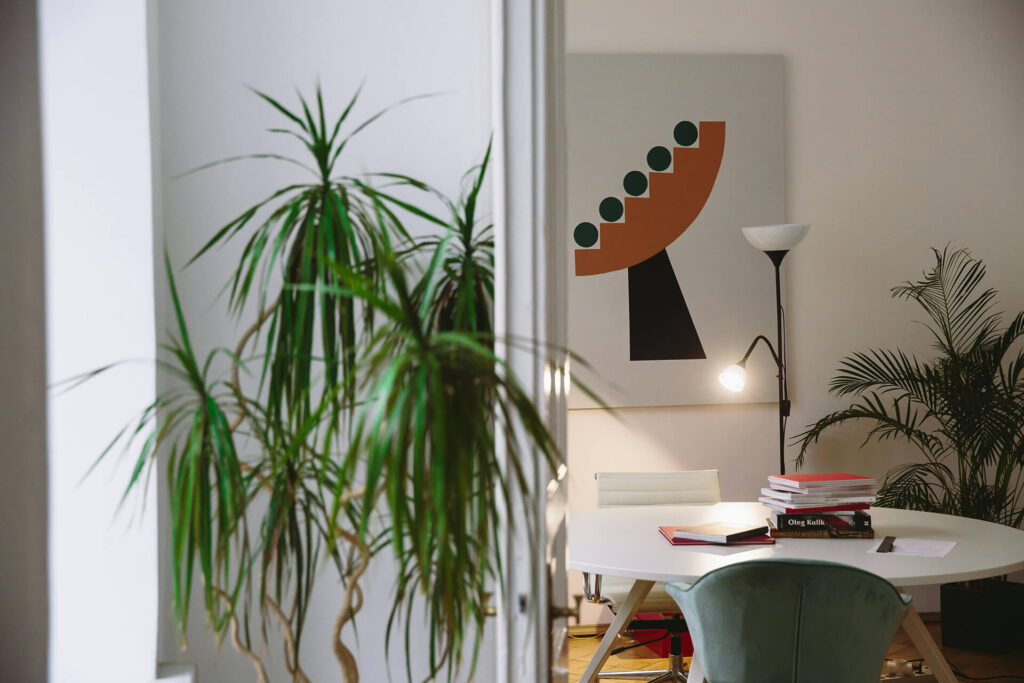The environment in which you study or work plays a crucial role in your productivity and overall well-being. A well-organized and comfortable space can significantly enhance focus, creativity, and efficiency, making it easier to accomplish tasks and achieve your goals. Whether you’re studying for exams, working from home, or pursuing a creative project, here’s a guide to creating the perfect study and work environment at home.
1. Choose the Right Location
Selecting the right spot for your study or work environment is the first step. Ideally, choose a location that is quiet, well-lit, and free from distractions. A separate room or a quiet corner away from the main living areas works best. If you live with others, consider a space where you can close the door to minimize interruptions.
2. Invest in Comfortable Furniture
Comfort is key to maintaining focus during long study or work sessions. Invest in a comfortable, ergonomic chair that provides proper back support. A good chair can prevent back pain and promote good posture. Pair it with a desk that’s the right height for you, allowing you to work without straining your neck or shoulders.
3. Optimize Lighting
Good lighting is essential for a productive study and work environment. Natural light is the best option, so position your desk near a window if possible. If natural light isn’t available, use a combination of overhead lighting and task lighting. A desk lamp with adjustable brightness can provide focused light for reading and writing without causing eye strain.
4. Keep Your Space Organized
Clutter can be a major distraction. Keep your study and work space organized by using storage solutions like shelves, drawers, and organizers. Keep essential items like pens, notebooks, and gadgets within easy reach, and store non-essential items out of sight. A tidy workspace helps clear your mind and allows you to focus better.
5. Personalize Your Space
Adding personal touches to your study or work environment can make it more inviting and enjoyable. Decorate with items that inspire you, such as plants, artwork, or motivational quotes. A few personal items can make the space feel more like your own, increasing your comfort and happiness while working or studying.
6. Minimize Distractions
Distractions can significantly hinder productivity. Identify what typically distracts you and take steps to minimize those distractions. For example, if you find yourself checking your phone frequently, keep it in another room or use apps that limit screen time. Consider using noise-cancelling headphones to block out background noise, or play soft, instrumental music to create a focused atmosphere.
7. Create a Routine
Establishing a routine can help signal to your brain that it’s time to study or work. Start your day at the same time, set regular study or work hours, and take scheduled breaks. Consistency helps build a habit, making it easier to transition into a focused state.
8. Incorporate Break Areas
Taking regular breaks is essential for maintaining focus and preventing burnout. If possible, create a separate break area where you can relax for a few minutes. A comfortable chair, a small sofa, or even a cozy corner with cushions can serve as a perfect spot to unwind. Step away from your desk during breaks to recharge and refresh your mind.
9. Use Technology Wisely
Technology can be both a help and a hindrance. Use productivity tools like time management apps, task managers, and study aids to enhance your efficiency. However, be mindful of digital distractions. Limit non-essential notifications, and consider using apps that block distracting websites during study or work hours.
10. Maintain a Healthy Environment
The air quality and temperature of your study or work environment can impact your comfort and focus. Ensure the space is well-ventilated and at a comfortable temperature. Consider using an air purifier if necessary, and keep the area clean to promote a healthy, conducive environment.
Conclusion
Creating the perfect study and work environment at home is about finding a balance between comfort, functionality, and personalization. By choosing the right location, investing in comfortable furniture, optimizing lighting, and minimizing distractions, you can create a space that enhances your focus and productivity. Remember, the goal is to make your environment work for you, so don’t be afraid to experiment and make adjustments as needed. A well-designed space not only boosts productivity but also makes studying and working from home a more enjoyable experience.









